What is a river?
by Samantha Majhor, Chris Pexa, Caroline Wigginton
Is a river its water? Its course? Its flow? Its banks and bottoms? The beings who call it home? Where does a river begin and end?
Choctaw descendants might call a river a bok, and that syllable — bok — begins other words, often verbs. Bokafa is to burst. Bokanli is to bud. Bokko is to be a hill. Bokonoli is to rise up, as a seed presses up within the earth and cracks it open. One could also call a river chuli, which is also a verb and means to split, to make riven in two. Or one could call a river an okhina, a word which sounds almost like okhisa, or door. Thus in Choctaw the words for river all evoke ideas and sounds of active change, sometimes destructive and sometimes creative. Where there is a river, something breaks open, comes to new life, arises; something is split in two, emerges; something passes through.
In Choctaw, Dakhóta, and other Indigenous languages and communities, a river is neither singular nor static. To study a river in NAIS is to attune oneself to the flow of its stories and relationships, to its changes and agencies. Such a process necessarily confronts the vastness of a river. Hydrologic maps of the Mississippi River’s watershed reveal a vast interlocking network of waterways that extend well beyond its formal, named definitions. Not only is its surface life geographically expansive, the river also flows through multiple aquifers, its waters seeping and settling into the earth below. The branches of the river cover much of this country, its roots sink deep within it. Elsewhere, rivers freeze, flood, dry up, move underground, carve canyons, merge with oceans and seas. Given a river’s dynamism, it eludes simple definitions.
In October 2019, our research group travelled to the Lower Mississippi River Valley and visited what is referred to as the Delta, one of the poorest and most fertile regions in the contemporary U.S. It was a chilly, rainy Saturday morning, and our first stop was a site called Carson Mounds, located on what has long been mostly private farmland. The site is partly and imperfectly protected by the Archaeological Conservancy. Almost a millenia ago, the ancestors of Choctaw, Quapaw, Natchez, Tunica, and other regional Native peoples began erecting these mounds. As late as 1894, almost ninety earthworks remained visible, spanning 150 acres. The Carson Mounds site is rivaled in size and number only by Cahokia to the north. Today, just six platform mounds remain clearly visible. Almost all of the smaller earthworks, including burial mounds, have been razed to flatten the land for cotton fields. As we stood in the rain, offering tobacco and watching rainwater flow by in a roadside ditch next to one of the mounds, a map would have placed us several miles from the Mississippi and its levees. But the water that fell on us had once flowed within its banks and would eventually flow there again. For centuries, the platform mounds had protected Indigenous farmers, enslaved Africans, Black sharecroppers, and white slaveholders and settler colonists from the river’s floodwaters; some held and protected the dead for another life. The mounds, like the country’s network of levees exist in conversation with the river’s moods. But unlike the levees, the mounds were not constructed to change the river’s nature, only to allow for life and act as a testament to it.
So what is a river? Is a river its water, flooding with rain or hurricane, dwindling in drought? Its course, changing over the years? Its banks and bottoms, etched out by time and humanity alike? Is the river defined by the beings, human and other-than-human who call it home? Does a river begin and end in us? The answer to all these different questions may be as simple as saying yes, here is a river.
